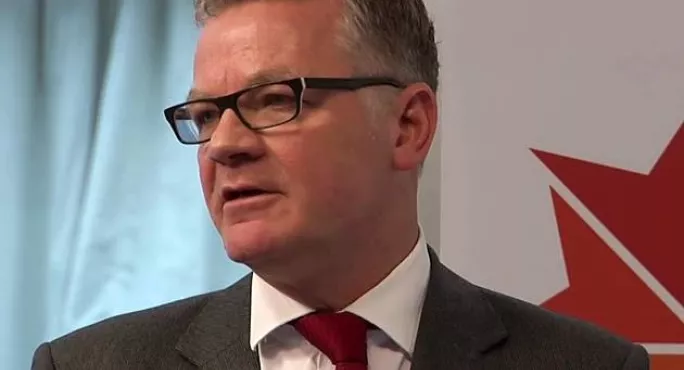- Home
- We must hold our nerve over the pupil premium
We must hold our nerve over the pupil premium

Ask any teacher why they got into teaching and almost all will give you the same answer: to give young people, whatever their background and wherever they come from, the best possible start in life.
This mission unites teachers. Yet despite our best efforts, the poorest students are still much less likely than their classmates to leave school with the qualifications they need. Closing the attainment gap is the greatest challenge we face. Of course, the responsibility is by no means schools’ alone – but we can be part of the solution.
So when the pupil premium was introduced seven years ago, it felt like a policy all teachers could get behind. By acknowledging the historical relationship between family income and educational success, and providing the resources to help address it, the premium cut right to the heart of the reason most of us became educators.
The pupil premium’s strength lies in both its purpose and its clarity. The idea of providing additional ring-fenced resources to meet the needs of the poorest pupils has gained support across the political spectrum, and has been used as a model for similar reforms across the world.
It is impossible to know for sure how much of an impact the premium has had on disadvantaged pupils’ attainment. Arguably, it was a victim of its own promise: the speed of its rollout prevented robust evaluation.
What we do know is that the premium has increased schools’ focus on closing the gap. Before it was introduced, 57 per cent of school leaders said they provided specific support for disadvantaged students; this rose to 94 per cent afterwards, according to a National Audit Office (NAO) survey.
The wider evidence, noted in a recent briefing from the Institute for Fiscal Studies, suggests that additional spending is likely to make a difference, particularly for disadvantaged children. A recent US study found that for disadvantaged children, increasing school funding by 10 per cent increased adult earnings by 10 per cent. Two recent English studies have estimated similar positive effects.
The best estimates of the attainment gap show that it has narrowed since 2011: by 11 per cent in primary schools and 8 per cent in secondary schools. This progress is slower than many of us would like; but it is progress, achieved against a challenging backdrop of public sector austerity and an arms race of education spending among better-off parents.
We should also be motivated by the schools across the country demonstrating that the aims of the premium can be achieved. In 10 per cent of primary schools and 8 per cent of secondary schools, disadvantaged pupils are doing better than the national average for all pupils.
How can we make the biggest difference?
But, at a time when school budgets are under real stress, we need to know that the pupil premium is making the biggest possible difference in young people’s lives. It is right to ask how we can do more to give the premium the best chance of achieving its ambitious goals.
I have three suggestions.
First, we must strengthen the link between the pupil premium and teaching. While the premium should remain a ring-fenced part of school budgets, this financial separation should not cause it to become isolated from the core business of schools.
We can be obsessed with add-ons. There is undoubtedly still a place for targeted support, but high-quality first teaching is the most powerful driver of educational equity.
Put simply, evidence shows that more good teaching for all pupils will especially benefit the most disadvantaged. This is why two-thirds of evaluations funded by the Education Endowment Foundation test ways to improve whole-class teaching.
As a judge for the Pupil Premium Awards, I saw how many schools are using the premium to fund high-quality training to improve teaching, and are avoiding being distracted by data or artificially segmenting students for endless intervention.
Second, schools should regard it as absolutely legitimate to spend their pupil premium to get – and keep – the teachers they need to deliver that high-quality teaching.
In 2015, the NAO found that fewer than 5 per cent of schools used the premium to support recruitment. But using the premium to tackle the recruitment and retention challenge – and evaluating new approaches as we innovate – must make sense at a time when it is schools’ biggest worry.
Third, more should be done to encourage schools to share successful strategies. Increasing the level and quality of school-to-school support, as recommended this month by the NAHT headteacher union’s Accountability Commission, is crucial to creating a consistently excellent system.
Seven years after the introduction of the premium, the moral and educational case for giving additional support to underprivileged children remains as strong as ever. There are no quick fixes. So let’s not lose our nerve: the pupil premium is still our best bet in providing the focus and funding to improve the outcomes of our most disadvantaged children.
Sir Kevan Collins is chief executive of the Education Endowment Foundation
Keep reading for just £1 per month
You've reached your limit of free articles this month. Subscribe for £1 per month for three months and get:
- Unlimited access to all Tes magazine content
- Exclusive subscriber-only stories
- Award-winning email newsletters



